 Topic 7: Nucleic acids (Higher level)
Topic 7: Nucleic acids (Higher level)
This is an introduction to the HL Nucleic acids topic. It lists understandings and skills expected for Topic 7 including; extra details of DNA structure and replication, transcription and gene expression as well as translation. Helpful for revision.
Detailed revision notes, activities and questions can be found on each of the sub-topic pages:
- 7.1 DNA structure and replication
- 7.2 Transcription and gene expression
- 7.3 Translation
7.1 DNA structure and replication
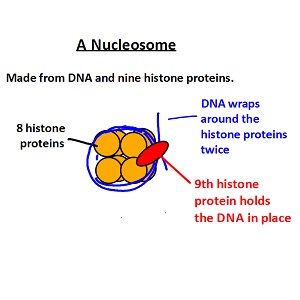 DNA structure
DNA structure
- Part of DNA supercoiling are structures called Nucleosomes.
- DNA structure gives a clue to the mechanism of DNA replication.
- Non-coding regions of DNA have other important functions, limited to regulators of gene expression, introns, telomeres and genes for tRNAs.
DNA replication (in prokaryotes only)
- DNA polymerase enzymes can only add nucleotides to the 3’ end of a primer.
- Continuous DNA replication occurs on the leading strand and discontinuous on the lagging strand.
- A complex group of enzymes do DNA replication including; helicase, DNA gyrase, single strand binding proteins, DNA primase and DNA polymerases I and III.
Crossing over
- DNA replication makes a second chromatid in each chromosome in interphase before meiosis.
- Crossing over exchanges pieces of DNA between non-sister homologous chromatids and forms new combinations of alleles on the chromosomes formed in meiosis.
Skills
- See that Rosalind Franklin’s and Maurice Wilkins’ X-ray diffraction work gave evidence for helix and two strands in DNA structure.
- Awareness that the Sanger method of base sequencing uses nucleotides containing dideoxyribonucleic acid (DNA with deoxyribose missing 2 oxygen molecules) to stop DNA replication at a specific base which allows sequencing using fluorescent markers and computers. (Sanger chain termination. Video here)
- Awareness that in DNA profiling Tandem repeats are used as these vary greatly from person to person.
- Ability to analyse of results of the Hershey and Chase experiment providing evidence that DNA is the genetic material.(This is a nice graphic)
- Analyse of molecular visualizations of the association between protein and DNA in a nucleosome
7.2 Transcription
- The direction of Transcription is in a 5’ to 3’ direction as RNA polymerase adds the 5´ end (phosphate) of the free RNA nucleotide to the 3´ end of the growing mRNA molecule.
- Transcription is partly regulated by Nucleosomes in eukaryotes.
- Eukaryotes modify mRNA after transcription.
- Splicing of mRNA increases the number of different proteins an organism can produce.
- Gene expression is regulated by proteins that bind to specific base sequences in DNA. - eg. methylation
- Gene expression is affected by the environment of a cell and of an organism.
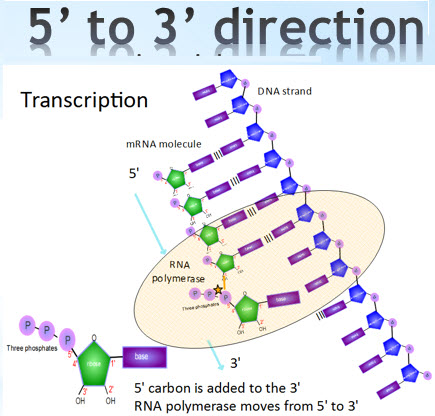 Skills
Skills
- Awareness that the promoter region is an example of non-coding DNA.
- The skill to analyse changes in the DNA methylation patterns in connection with gene expression
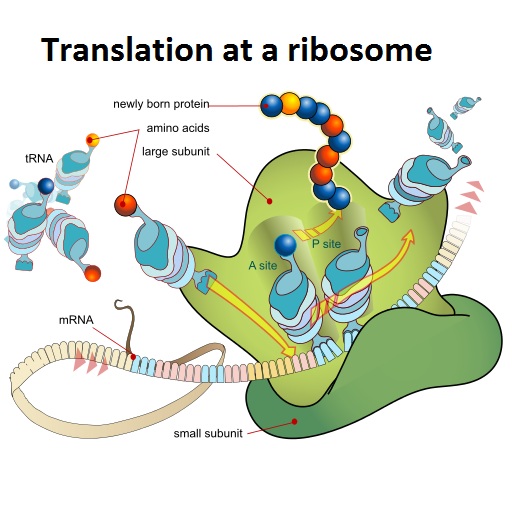 7.3 Translation
7.3 Translation
Three stages of translation
- Initiation is the assembly of the components (large and small ribosome subunits, mRNA and tRNA molecules) that carry out the process.
- Synthesis of the polypeptide involves a repeated cycle on a ribosome where tRNA binds to the A (aminoacyl), P (peptidyl) and E (exit) sites in turn. Polypeptide molecule is produced.
- (examples of start and stop codons not needed)
- Termination of translation is followed by disassembly of the components.
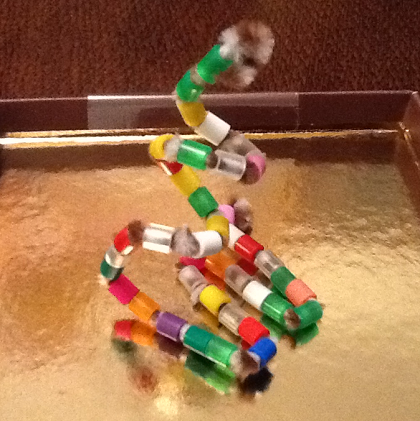 Ribosomes
Ribosomes
- Free ribosomes synthesize proteins for use primarily within the cell.
- Bound ribosomes synthesize proteins primarily for secretion or for use in lysosomes.
- Translation can occur immediately after transcription in prokaryotes due to the absence of a nuclear membrane.
-
The sequence and number of amino acids in the polypeptide is the primary structure. - The secondary structure is the formation of alpha helices and beta pleated sheets stabilised by hydrogen bonding.
- The tertiary structure is the further folding of the polypeptide stabilised by interactions between R groups. (Polar and non-polar amino acids are relevant to the bonds formed between R groups.)
- The quaternary structure exists in proteins with more than one polypeptide chain. and may involve the binding of a prosthetic group to form a conjugated protein.
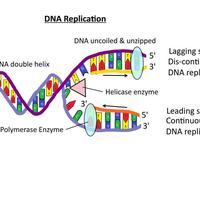
Nucleic acids 7.1 HL
The basics of DNA structure and DNA replication were covered in the SL topic so this topic looks at some extra details including, the 3' and 5' ends of the two antiparallel strands and further details about the enzymes responsible for DNA replication.
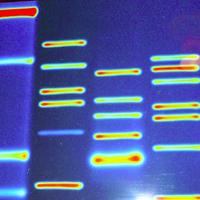
Transcription 7.2 HL
This topic includes some of the more difficult details about the process of transcription of mRNA from DNA. The way that splicing of mRNA to remove introns can also make different mature mRNA molecules leads to an increase in the number of proteins.
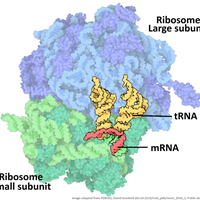
Translation 7.3 HL
This topic includes some interesting and difficult details about the synthesis of proteins on ribosomes. While these aspects are difficult they do not need to understood in great detail.


 Twitter
Twitter  Facebook
Facebook  LinkedIn
LinkedIn